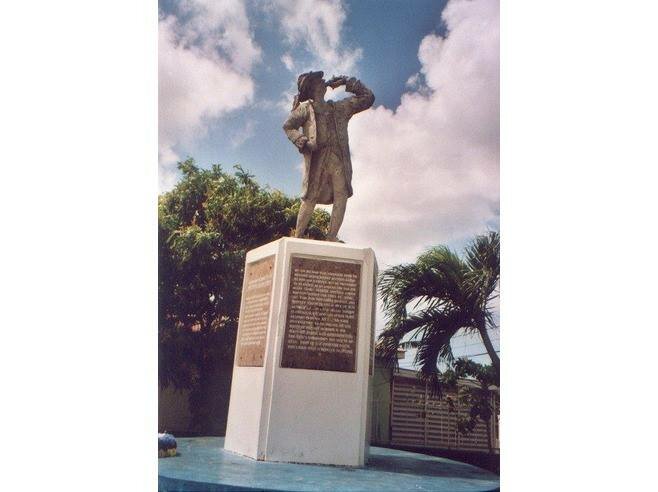The story of Prince Klaas, the rebel slave, is one of the highlights of the charming Museum of Antigua and Barbuda in St John’s. King Court or Tackey (Prince Klaas) can undoubtedly be considered Antigua’s most notable and indeed bravest hero.

In 1704, 10-year-old Kwaku was captured form Gold Coast, West Africa which is today Ghana during the massive Eguafo Civil war after the death of King Takyi Kuma, a few years after the end of the Kommenda wars. The several wars that happened in the Gold Coast between the 1680s and 1700s was an advantage to the Danish and British slave traders who captured as many as possible and sold them off to slavery.
After being captured, Kwaku was shipped to the Caribbean and was immediately purchased by Thomas Kerby, a rich and prominent sugar planter. At a young age, Kwaku exhibited strength and bravery standing up to white supervisors who harassed him or any of his friends.
Among the planters, he soon became known as Court, pronounced Klaas by the enslaved Africans on the island. By 1720, Thomas Kerby, who had been offered a lot of money in exchange for Kwaku, instead, gave the strong Ghanaian man the title of ‘Head Slave’ putting him in charge of his biggest and most lucrative plantation in St. Johns, Antigua. This gave Kwaku the name Prince Klaas among the enslaved Africans.
In 1736 Klaas and three other slaves who were fed up of their deplorable conditions decided to plan an elaborate revolt against the slave owners.
The plan, which was quietly in the making for over a period of 8 years since 1728, was betrayed and Prince Klass and 87 valued slaves who held important and responsible positions on over 70 plantations across the island, were horribly tortured and executed by being torn to pieces on the wheel, hung by the neck and when that proved too quick, were burnt slowly at the stake. Prince Klaas, the leader and the first to be executed was torn on the wheel on Market Street.

In all, 132 were convicted of participating in it. Of this number, five, including Klaas, were broken on the wheel. six were gibbeted (hung in irons until they died of hunger and thirst) and 77 others were burned at the stake.
This terrifying historic event in the lives of the slave society carried on until Christmas of 1736 when a respite was taken and killings began again on January 1, 1737 until March 8th of that year. The entire population, black, white and mulatto and all the sugar plantations on the island were thrown into disarray. Fear gripped everyone; the economy plummeted and lives on the plantations and Antigua were changed forever.
Prince Klaas – King Court or Tackey as he was also known, his rebellion plan was to execute all of the English officials and planters and their wives were to be killed and the island of Antigua made an independent African nation ruled by African leaders. Had it happened as planned it would have made Antigua the first African ruled independent nation outside Africa.

One of Antigua’s annually celebrated national heroes is slave Prince Klaas.